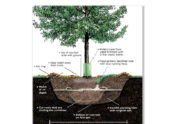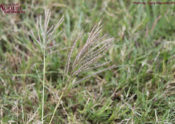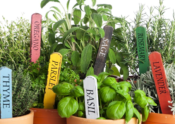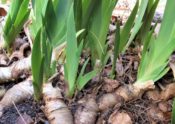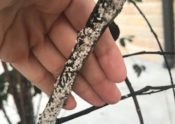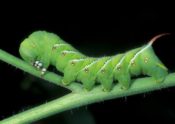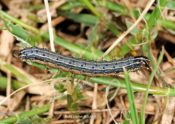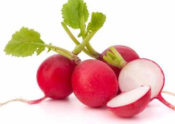
November is an interesting month for vegetable gardeners as we transition into cooler weather. I have two cherry tomato plants in my garden that are still producing tomatoes, and I’m keeping a close eye on the forecast so I can be sure to harvest the green tomatoes before a freeze. My herb garden is green with basil, sage, and thyme, and the bees are enjoying the last bit of pollen and nectar from the flowers on the basil.
While the tomatoes and basil are enjoying the last few days before a freeze, my broccoli plants are going strong and doing well in the cooler weather. I recently planted arugula and cilantro, and I am looking forward to fresh salads with the peppery flavor of arugula and the zesty cilantro.
One vegetable plant that does well in Central Texas throughout the fall, winter and into spring is radish. Radishes are good litmus test for anyone who thinks they have a black thumb. Radishes are easy to grow, and they grow quickly. If you can’t grow a radish, well, keep coming to our gardening classes. (more…)
